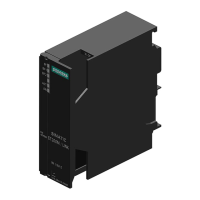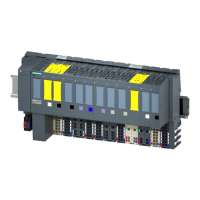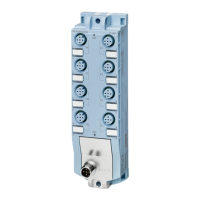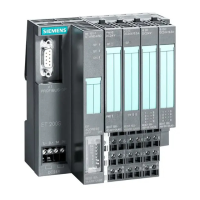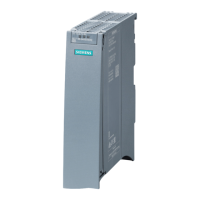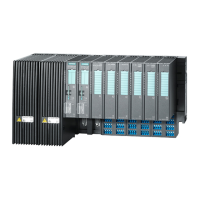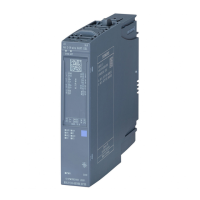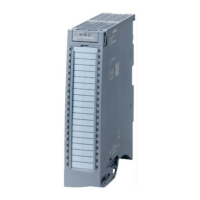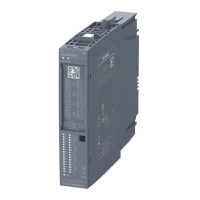Analog Electronic Modules
12-111
Distributed I/O System ET 200S
EWA 4NEB 780 6024-02 07
Data for Selecting a Sensor
Input range (rated
value)/input resistance
Resistance-type sensor 150 Ω/min. 10 MΩ
300 Ω/min. 10 MΩ
600 Ω/min. 10 MΩ
3000Ω/min. 10 MΩ
PTC min 10 MΩ
Resistance
thermometer
Pt100/min. 10 MΩ
Ni100/min. 10 MΩ
Ni120/min. 10 MΩ
Pt200/min. 10 MΩ
Ni200/min. 10 MΩ
Pt500/min. 10 MΩ
Ni500/min. 10 MΩ
Pt1000/min. 10 MΩ
Ni1000/min. 10 MΩ
Permitted input voltage
(destruction limit)
Max. 9 V
Connection of the sensors
For resistance
measurement
– Two-conductor
connection
– Three-conductor
connection
Yes
Yes, internal
compensation of line
resistances
– Four-conductor
connection
Yes
Characteristic curve lineari-
zation
Yes, parameteriza-
ble for Ptxxx, Nixxx
Smoothing of the measured
values
Yes, parameteriza-
ble in 4 steps by
means of digital filte-
ring
Step
None
Weak
Medium
Strong
Time constant
1 x cycle time
4 x cycle time
32 x cycle time
64 x cycle time
1
In accordance with VDE 0660 Part 302/303, Type A
Use of Cu10 Sensors
Select “Three-conductor thermal resistor ” and “Cu10” at parameter
assignment.
Wire the Cu10 sensor in accordance with the three-conductor connection
method.
Automatic, internal compensation of line resistance for the missing measuring
line occurs during operation.
Note
Please note the following to ensure optimum line compensation in the case of
Cu10:
The sum of the cable resistance and measurement resistance must not exceed
31Ω.
The cable must have a resistance of no more than 8Ω if you want to use the
temperature range up to and above 312C. Example: A 200 m Cu cable with a
0.5 mm
2
conductor cross-section has approximately 7Ω. A smaller
cross-section shortens the permissible cable length accordingly.
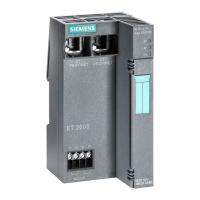
